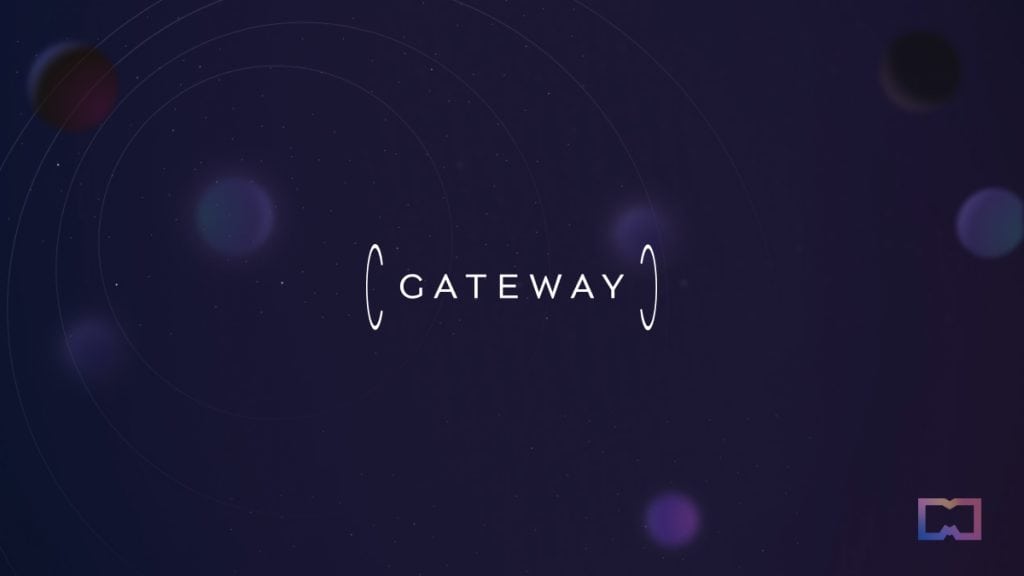Wormhole Launches Application-specific Blockchain to Bring Liquidity Into the Cosmos Ecosystem


In Brief
Interoperability protocol, Wormhole, has launched an application-specific blockchain powered by the Cosmos SDK.
Dubbed Wormhole Gateway, the blockchain aims to bring liquidity into the Cosmos ecosystem.
It will enable users to bridge funds to any Cosmos appchain without additional bridging fees.
Wormhole, the blockchain interoperability protocol, has launched an application-specific blockchain powered by the Cosmos SDK.

Dubbed Wormhole Gateway, the blockchain aims to bring liquidity into the Cosmos ecosystem while improving the protocol’s security and sovereignty.
Appchains are private blockchains either built on top of existing blockchains or designed for use within a specific application or organization. For instance, Gateway acts like a bridge that connects more than 23 connected blockchains from six runtimes within Wormhole to the Cosmos network. This is achieved by integrating with the Inter-Blockchain Communication Protocol (IBC), enabling users to bridge funds to any Cosmos appchain without additional bridging fees.
Gateway is designed to improve transparency and transaction security on its public ledger. When an entity moves a token from one place to another within the Gateway system, the asset will be locked in its original location, and a new version of the asset (ICS-20) will be created on Gateway. The ICS-20 will then be sent to the intended destination using the IBC.
Once the asset reaches its destination, it will be fungible Strangelove’s packet forward middleware. It ensures that the asset can be easily exchanged or used just like any other standard digital asset. Gateway also uses IBC Hooks for seamless integration with CosmWasm contracts.
According to Wormhole’s blog post, Gateway was created specifically for Cosmos developers who want to attract users and liquidity from other blockchain systems like Ethereum and Solana. Additionally, it serves users who want to easily move their assets between the Cosmos network and these other ecosystems.
In May, a coalition of more than twenty blockchain teams and venture funds joined forces to launch a $50 million Cross-Chain Ecosystem Fund focused on supporting emerging startups that leverage Wormhole cross-chain messaging protocol.
Blockchain teams backing the Cross-Chain Ecosystem Fund include prominent web3 companies including Aptos Labs, Solana Foundation, Sei Foundation, Algorand Foundation, CLabs (the company behind the Celo Blockchain), the Moonbeam Foundation, Optimism, Circle, Chainlayer, Chainode Tech, 01Node, Syncnode, Moonlet.io, Inotel, Triton One, Strangelove, OtterSec.
Appchain competition heats up
Unlike monolithic blockchains like Bitcoin or Ethereum, which primarily focus on a set of core tasks such as providing consensus, security, data availability, and executing transactions, appchains operate on top of existing Layer 1 (L1) blockchains to leverage their security features and gas fees.
By doing so, appchains can focus on specific use cases and applications, offering more tailored and specialized functionalities while still benefiting from the underlying security and infrastructure provided by the L1 blockchains. This allows developers mrore flexibility and efficiency in deploying dApps.
For example, Starknet Appchains – introduced at EthCC on Wednesday – are customizable and can implement features that are not available on the public chain, including the ability to establish their own fee market logic, consensus mechanism and others. The customizability of the appchains will give developers control over their app’s settings and blockchain parameters.
Currently, some of the most popular blockchains for appchain development include Polkadot Parachains, Cosmos Zones, Avalanche Subnets, and Polygon Supernets. On Thursday, Spire emerged as a newcomer to the appchain scene as it plans to offer a platform for developers to easily create their own appchain L3s that are interoperable.
Disclaimer
In line with the Trust Project guidelines, please note that the information provided on this page is not intended to be and should not be interpreted as legal, tax, investment, financial, or any other form of advice. It is important to only invest what you can afford to lose and to seek independent financial advice if you have any doubts. For further information, we suggest referring to the terms and conditions as well as the help and support pages provided by the issuer or advertiser. MetaversePost is committed to accurate, unbiased reporting, but market conditions are subject to change without notice.
About The Author
Cindy is a journalist at Metaverse Post, covering topics related to web3, NFT, metaverse and AI, with a focus on interviews with Web3 industry players. She has spoken to over 30 C-level execs and counting, bringing their valuable insights to readers. Originally from Singapore, Cindy is now based in Tbilisi, Georgia. She holds a Bachelor's degree in Communications & Media Studies from the University of South Australia and has a decade of experience in journalism and writing. Get in touch with her via [email protected] with press pitches, announcements and interview opportunities.
More articles

Cindy is a journalist at Metaverse Post, covering topics related to web3, NFT, metaverse and AI, with a focus on interviews with Web3 industry players. She has spoken to over 30 C-level execs and counting, bringing their valuable insights to readers. Originally from Singapore, Cindy is now based in Tbilisi, Georgia. She holds a Bachelor's degree in Communications & Media Studies from the University of South Australia and has a decade of experience in journalism and writing. Get in touch with her via [email protected] with press pitches, announcements and interview opportunities.

















































